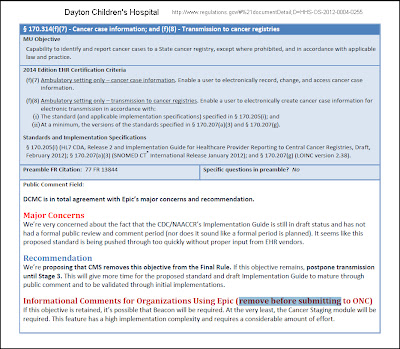The posts so far are:
A Pretty Rotten Era
A Movement
To Make Distortion Possible
The Lesson of Study 329: the Basics
The Lesson of Study 329: Efficacy Drifts to Trends and 2s
The Lesson of Study 329: Conventions and Protocols
The Lesson of Study 329: Uh-oh
The Lesson of Study 329: Data Transparency
The Lesson of Study 329: the Authors
This does not seem to be the end of the series, but the last post yesterday did have a striking conclusion:
But, for the moment, I am stuck on the piece that is, to me, the most fundamental lesson from this story, and unfortunately many similar stories in the industry-funded clinical trial literature that fills our journals. The authors of this study did not function as physicians, clinicians, scientists, or even authors. Some were there because of their previous credentials. Others were there to build up future credentials. But they weren’t there to do what they presented themselves as doing. Researchers are practicing medicine too. I might be seen as naive to see this as the center of this story. If that’s the case, I’ll go to my grave being naive. Medicine has been my life, and this isn’t Medicine.However, despite the seriousness of these concerns, and their corroboration in the Justice Department document that pushed GSK to settle for so much money, my alma mater, Brown University, where Dr Martin Keller, the lead author of Study 329, was Chair of Psychiatry, has consistently refused to revisit the study, and consistently failed to publicly refute the accusations against Dr Keller, nor to accept them and take appropriate action. The University supposedly conducted an internal investigation of the matter, but has not seen fit to make it public. When asked again about this, Brown's new President, Christina Paxson, referred the inquiry to the public relations people:
There’s no place or tradition for physicians, particular physicians in high places, taking part in this kind of bullshit – particularly all the while claiming otherwise. The fact that it has been a widespread practice isn’t an excuse. That’s also an even stronger indictment. There are many principled neuroscientists working in this difficult area of medical science who’ve been tarnished by this kind of pseudoscience. There are many psychiatrists and other practitioners who’ve actually trusted these deceitful articles. And there are untold numbers of patients who’ve been medicated un-necessarily or even directly harmed by this and other capricious advise coming out of these studies – this one in particular. Rather than functioning as the advisers of ill people, these were physicians who actively participated in capitalizing on patients’ illness.
'The recent announcement by the U.S. Department of Justice did not suggest that any further reviews of the paper by the university are immediately warranted,' Darlene Trew Crist said in a written response. 'We have no further statement to make at this time.'
Given the seriousness of the allegations, and the University's mission:
The mission of Brown University is to serve the community, the nation, and the world by discovering, communicating, and preserving knowledge and understanding in a spirit of free inquiry, and by educating and preparing students to discharge the offices of life with usefulness and reputation.the logic of the administration's refusal to have a public discussion of this case escapes me. As I have said before (in 2008!), the appearance of continued stonewalling, now going on for years, can easily be interpreted to imply that the institution has something really big and bad to hide.
Also see comments by Alison Bass on the Alison Bass blog, and by Dr Howard Brody on the Hooked: Ethics, Medicine and Pharma blog.
ADDENDUM (4 September, 2012) - There have been two additional posts on the 1BoringOldMan blog on Study 329:
the lesson of Study 329: the hurdles…
the lesson of Study 329: naked Emperors, fractious Queens…
ADDENDUM (4 September, 2012) - See also this post on the Alison Bass blog.
ADDENDUM (5 September, 2012) - See this post on the retirement of Dr Keller by Ed Silverman on PharmaLot.
ADDENDUM (10 September, 201) - See the final two posts in the 1BoringOldMan series:
the lesson of Study 329: “we’re only as sick as our secrets”…
the final lesson of Study 329: epilogue…
His conclusion in the next to last post of the series:
Something terrible happened in psychiatry, an alliance between the pharmaceutical industry and a number of our leaders who allowed their academic credentials to be used for commercial purposes. It happened on a large scale, and in the process shamed all of us, whether we were involved or not. Many of the people we looked to to guide us fell into the role of key opinion leaders – a marketing term that meant that they could influence what we did and how we practiced. And in that new role, medical degrees, academic positions, the methods of science, and psychiatric experience became little more than marketing tools in a commercial campaign. Such was the case with Study 329 – an article that has become exemplary because it is now so painfully well known – a symbol for the failings of an era. It needs to be retracted simply because it was wrong on purpose – and we all know it. And yet no involved person, institution, or organization highlighted in that last paragraph has swallowed their pride, or guilt, or denial, or arrogance and called for retraction.[Italics and bold typeface added for emphasis]






